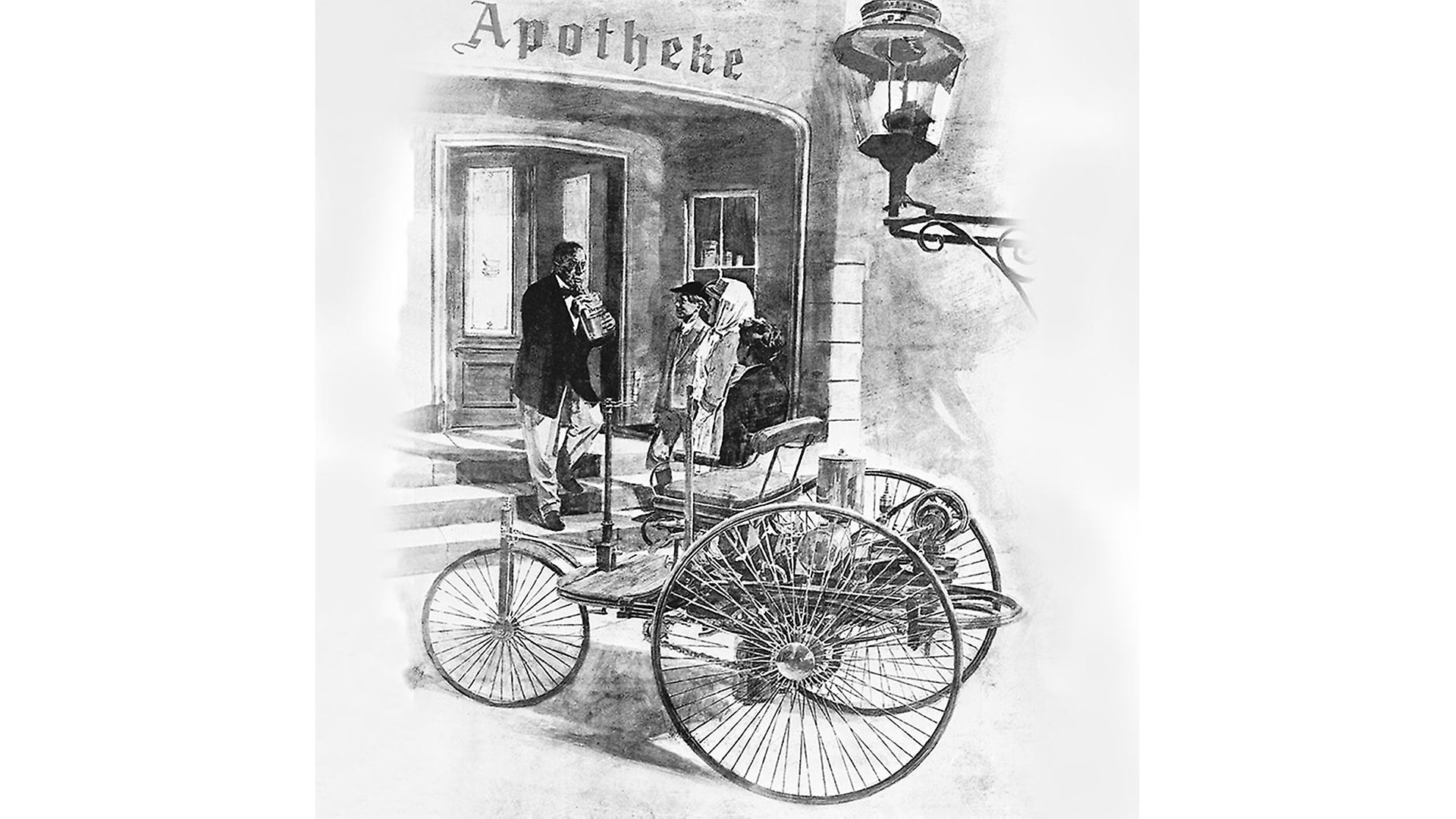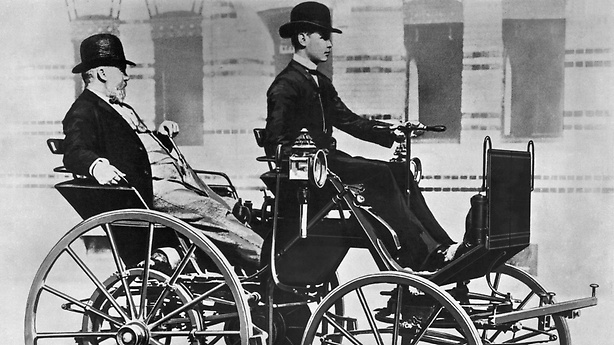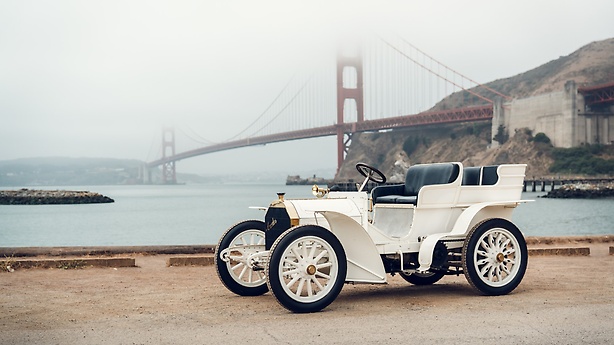It was Carl Benz who had the double-pivot steering system patented in 1893, thereby solving one of the most urgent problems of the automobile. The first Benz with this steering system was the three-hp (2.2-kW) Victoria in 1893, of which slightly larger numbers with different bodies were built. The world’s first production car with some 1200 units built was the Benz Velo of 1894, a lightweight, durable and inexpensive compact car.
1897 saw the development of the “twin engine” consisting of two horizontal single-cylinder units in parallel, however this proved unsatisfactory. It was immediately followed by a better design, the “contra engine” in which the cylinders were arranged opposite each other. This was the birth of the horizontally-opposed piston engine. Always installed at the rear by Benz until 1900, this unit generated up to 16 hp (12 kW) in various versions.
,xPosition=0,yPosition=0.5)


,xPosition=0.5,yPosition=0)
,xPosition=0.5,yPosition=0)